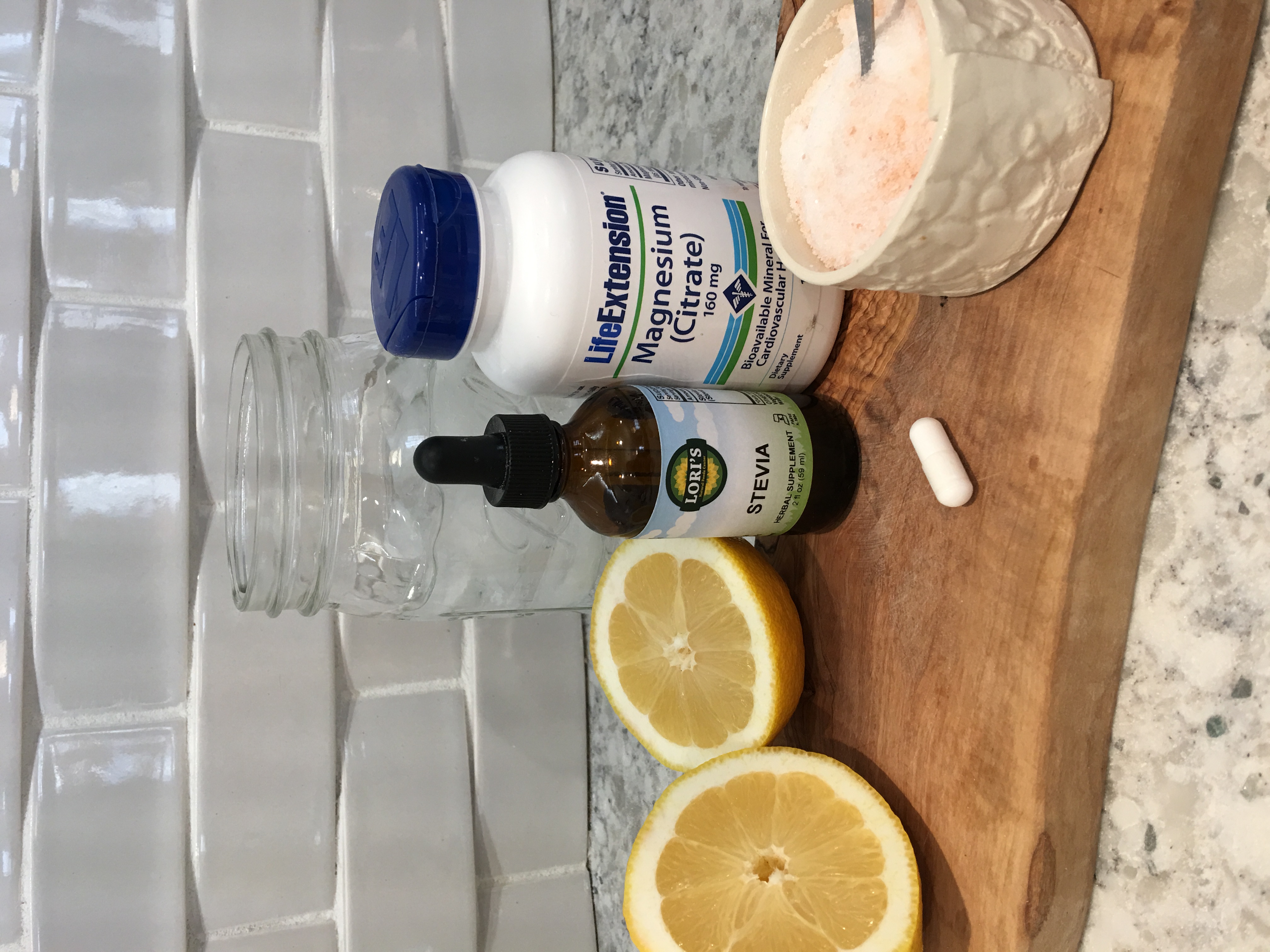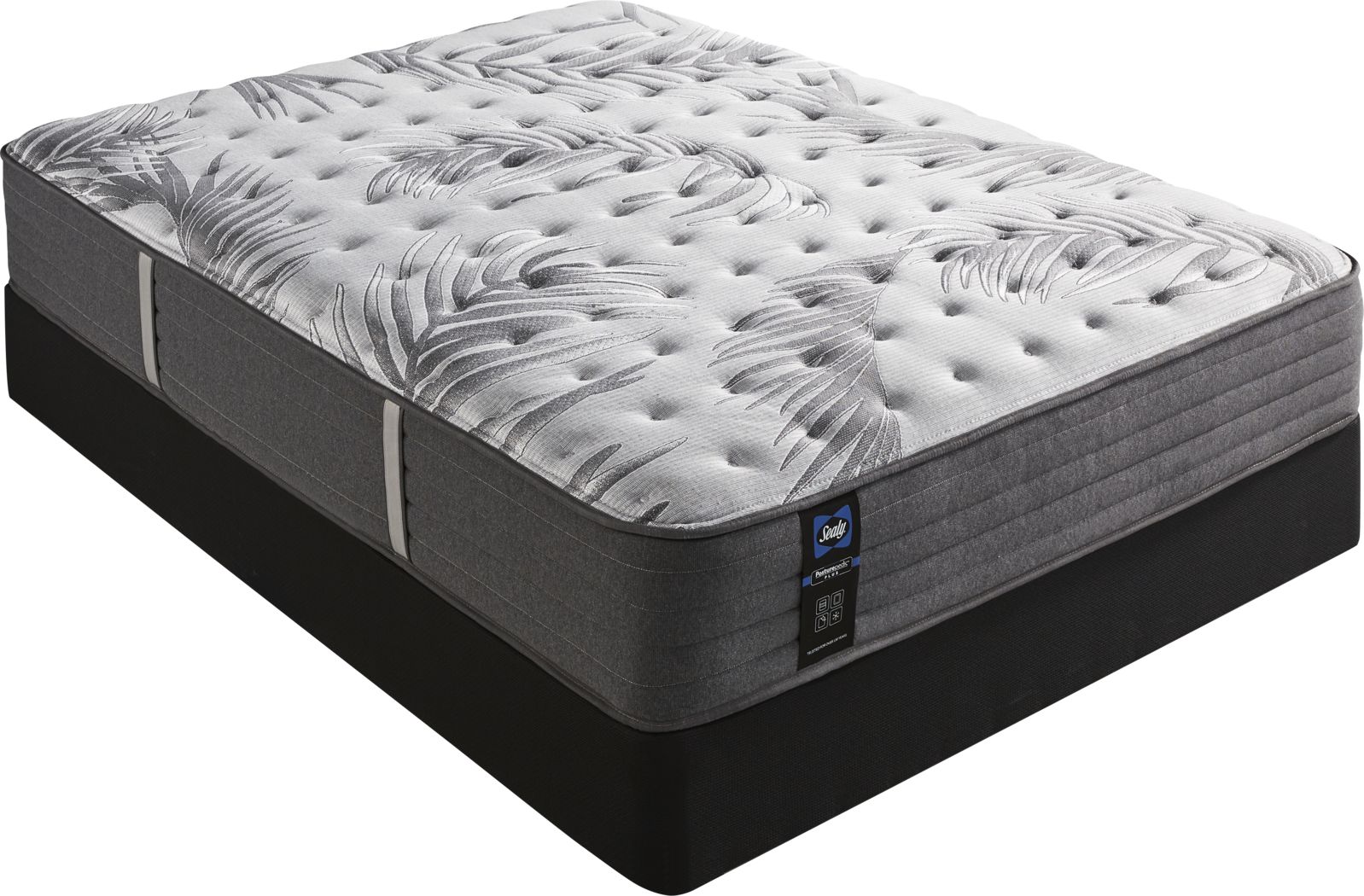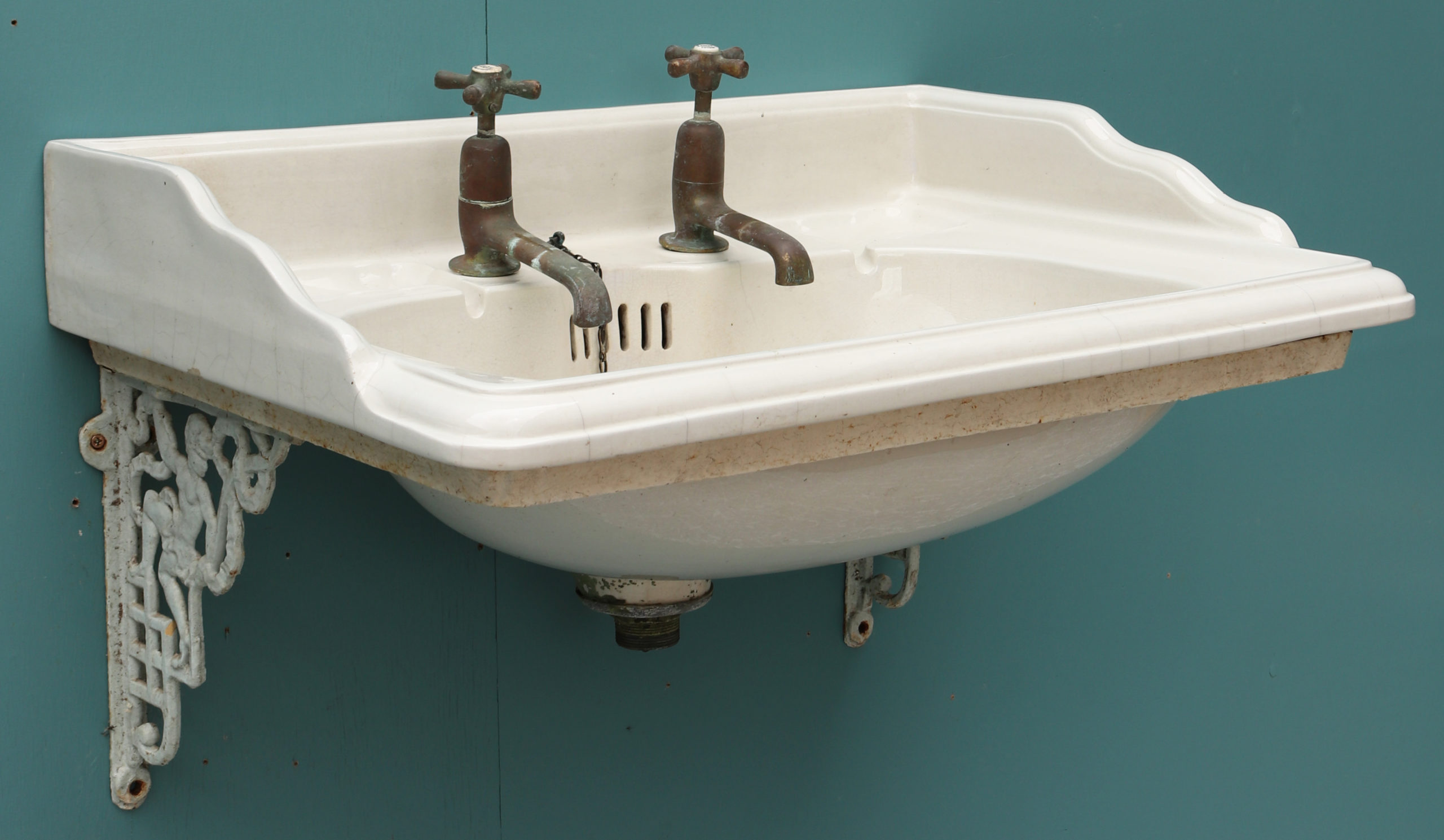If you notice rust starting to form on your stainless steel kitchen sink, don't panic. It's a common problem that can be easily fixed with a few household ingredients. One effective method is to create a paste using baking soda and water. Baking soda is a gentle abrasive that can help remove rust without damaging the stainless steel surface. To begin, mix equal parts baking soda and water in a small bowl until it forms a paste. Then, using a soft cloth, gently scrub the rusted area with the paste. Be sure to use light pressure to avoid scratching the surface. Once you have thoroughly scrubbed the area, rinse it with water and dry with a clean cloth. Repeat the process if necessary until the rust is completely removed. Bonus tip: For tougher rust stains, you can add a few drops of lemon juice or white vinegar to the paste for an extra boost of cleaning power.1. Use a mixture of baking soda and water to create a paste, then scrub the rust with a soft cloth.
White vinegar is a household staple that has many uses, including removing rust from stainless steel surfaces. Its acidic nature helps to dissolve rust and make it easier to remove. To use this method, simply dampen a cloth with white vinegar and apply it to the rusted area. Let it sit for a few minutes to allow the vinegar to work its magic. After a few minutes, use a soft cloth to gently wipe away the rust. You may need to repeat the process a few times for tougher stains. Once the rust is gone, rinse the area with water and dry with a clean cloth. Bonus tip: You can also mix equal parts water and white vinegar in a spray bottle and use it as a daily cleaner for your stainless steel sink to prevent rust from forming.2. Apply a small amount of white vinegar to the rust and let it sit for a few minutes before wiping it away.
If you prefer to use a commercial product, there are rust removers available that are specifically designed for stainless steel surfaces. These products are formulated to be safe for use on stainless steel and can effectively remove rust without damaging the surface. Before using a commercial rust remover, be sure to read the instructions carefully and follow them closely. Some products may require you to let the solution sit for a certain amount of time before wiping it away, while others may require rinsing with water afterwards. Bonus tip: Look for a rust remover that also offers protection against future rust formation to keep your stainless steel sink looking shiny and new.3. Use a commercial rust remover specifically designed for stainless steel.
Lemon juice is another natural ingredient that can help remove rust from stainless steel. Its high acidity can help break down the rust while the salt acts as an abrasive to scrub it away. To use this method, mix equal parts lemon juice and salt in a small bowl. Then, using a soft cloth, gently scrub the rusted area with the paste. After scrubbing, rinse the area with water and dry with a clean cloth. You may need to repeat the process a few times for tougher rust stains. This method is also safe for use on other kitchen surfaces, making it a versatile cleaning solution. Bonus tip: You can also use this lemon and salt paste as a natural cleaner for other household items, such as pots and pans, to remove stubborn rust and stains.4. Create a paste with lemon juice and salt, then scrub the rust with a soft cloth.
Cream of tartar and hydrogen peroxide are two powerful ingredients that, when combined, can effectively remove rust from stainless steel. To use this method, mix equal parts cream of tartar and hydrogen peroxide in a small bowl until it forms a paste. Using a soft cloth, gently scrub the rusted area with the paste. Allow it to sit for a few minutes before rinsing with water and drying with a clean cloth. You may need to repeat the process a few times for tougher stains. Bonus tip: This paste can also be used as a natural cleaner for other kitchen appliances, such as stovetops and ovens, to remove rust and grime.5. Use a mixture of cream of tartar and hydrogen peroxide to create a paste, then scrub the rust with a soft cloth.
If you have a larger area of rust on your stainless steel sink, you can use a soaking method to remove it. Soak a cloth in white vinegar and wrap it around the rusted area, making sure it is fully covered. Let it sit for a few hours to allow the vinegar to work its magic. After a few hours, remove the cloth and use a soft cloth to gently wipe away the rust. You may need to repeat the process a few times for tougher stains. Once the rust is gone, rinse the area with water and dry with a clean cloth. Bonus tip: You can use this soaking method for other kitchen items, such as utensils and small appliances, to remove rust and keep them looking like new.6. Soak a cloth in white vinegar and wrap it around the rusted area, leaving it for a few hours before wiping it away.
If you have stubborn rust that won't come off with other methods, a pumice stone can be a useful tool. Pumice is a natural stone that is perfect for scrubbing away tough stains without damaging the stainless steel surface. To use this method, wet the pumice stone and gently scrub the rusted area. Be sure to use light pressure and work in a circular motion. Once the rust is removed, rinse the area with water and dry with a clean cloth. Bonus tip: You can also use a pumice stone to clean other surfaces in your kitchen, such as countertops and tiles, to remove tough stains and grime.7. Use a pumice stone to gently scrub away the rust.
Olive oil is not only great for cooking, but it can also be used to remove rust from stainless steel. Its lubricating properties can help loosen the rust, making it easier to wipe away. Simply apply a small amount of olive oil to the rusted area and let it sit for a few minutes. After a few minutes, use a soft cloth to gently wipe away the rust. You may need to repeat the process a few times for tougher stains. Once the rust is gone, wipe the area with a clean cloth to remove any excess oil. Bonus tip: You can also use olive oil to polish and protect your stainless steel sink, giving it a shiny finish.8. Apply a small amount of olive oil to the rust and let it sit for a few minutes before wiping it away.
Baking soda and lemon juice are a powerful combination that can remove rust from stainless steel surfaces. To use this method, mix equal parts lemon juice and baking soda in a small bowl until it forms a paste. Using a soft cloth, gently scrub the rusted area with the paste, taking care not to apply too much pressure. Let it sit for a few minutes before rinsing with water and drying with a clean cloth. Repeat the process if necessary until the rust is completely removed. Bonus tip: This paste can also be used as a natural cleaner for other household items, such as tile grout and shower doors, to remove rust and stains.9. Use a mixture of lemon juice and baking soda to create a paste, then scrub the rust with a soft cloth.
Another effective paste for removing rust from stainless steel is a combination of salt and lemon juice. The salt acts as an abrasive while the lemon juice helps to break down the rust. To use this method, mix equal parts lemon juice and salt in a small bowl. Using a soft cloth, gently scrub the rusted area with the paste, taking care not to apply too much pressure. Let it sit for a few minutes before rinsing with water and drying with a clean cloth. You may need to repeat the process a few times for tougher stains. Bonus tip: You can also use this salt and lemon juice paste to clean and polish other stainless steel items in your kitchen, such as appliances and utensils. In conclusion, rust on your stainless steel kitchen sink may seem like a daunting problem, but with these 10 effective methods, you can easily remove it and keep your sink looking shiny and new. Whether you prefer using natural ingredients or commercial products, there is a solution for every type of rust stain. Remember to always use gentle pressure and rinse the area with water afterwards to keep your stainless steel sink in top condition.10. Use a mixture of salt and lemon juice to create a paste, then scrub the rust with a soft cloth.
Why a Clean Kitchen Sink is Essential for a Well-Designed Home
:max_bytes(150000):strip_icc()/how-to-clean-a-stainless-steel-sink-5093605-03-11ec4355990742cf834cada8ad1bf87b.jpg)
The Kitchen Sink: More Than Just a Place for Dirty Dishes
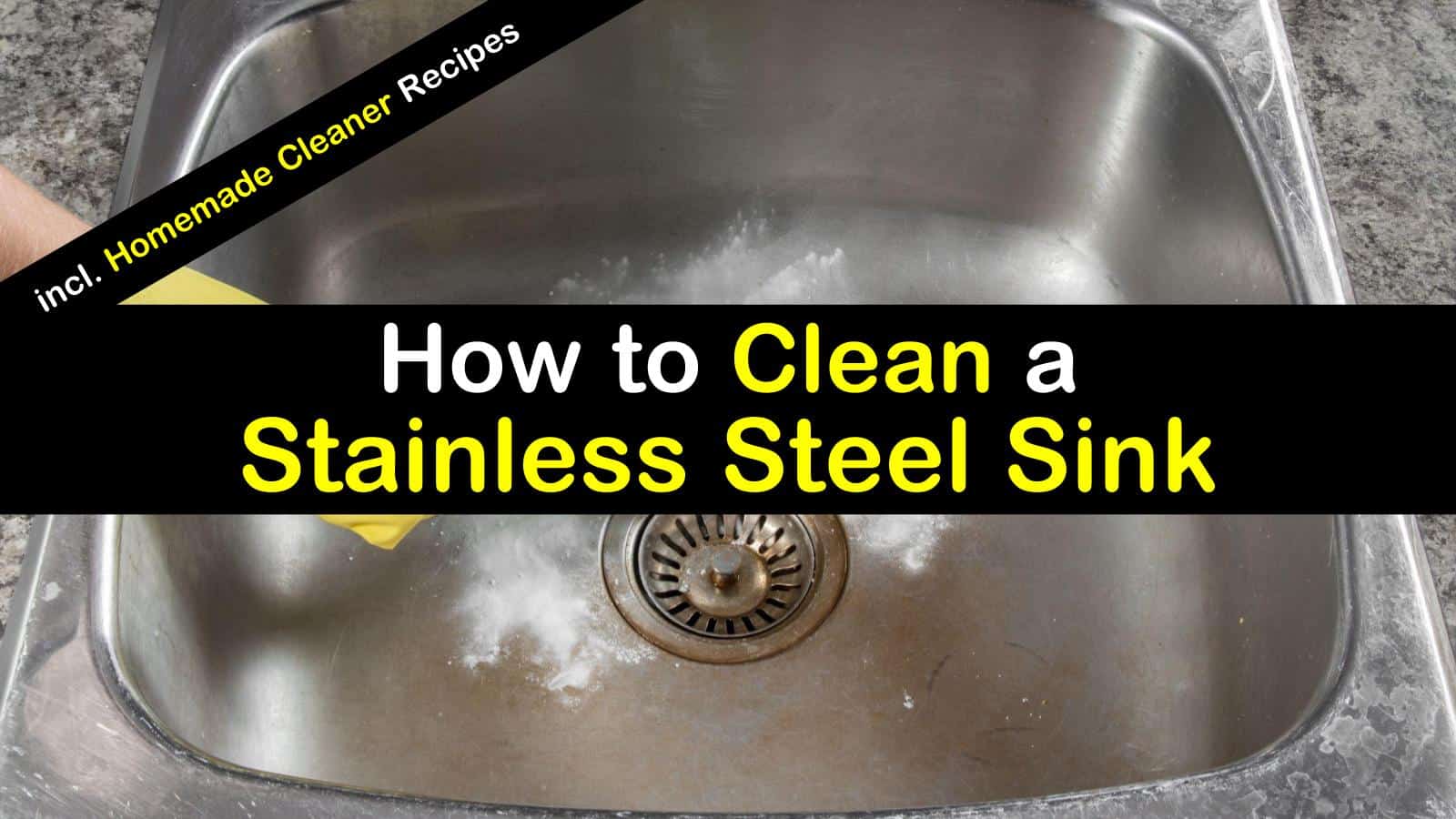 When designing a home, the kitchen often takes center stage. It's the heart of the home, where meals are prepared and memories are made. And no kitchen is complete without a sink. But the sink is more than just a functional necessity, it's also a design element that can make or break the overall aesthetic of your kitchen. That's why it's important to keep your sink clean and well-maintained, especially when it comes to stainless steel sinks.
When designing a home, the kitchen often takes center stage. It's the heart of the home, where meals are prepared and memories are made. And no kitchen is complete without a sink. But the sink is more than just a functional necessity, it's also a design element that can make or break the overall aesthetic of your kitchen. That's why it's important to keep your sink clean and well-maintained, especially when it comes to stainless steel sinks.
The Challenge of Rust on Stainless Steel Sinks
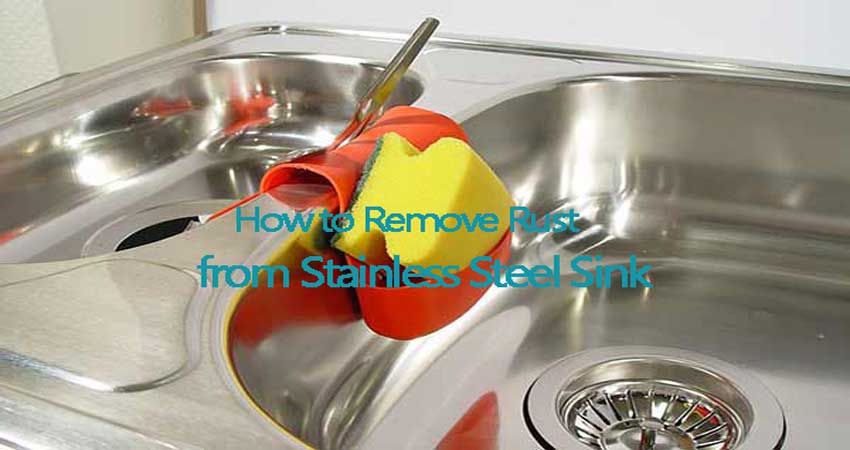 Stainless steel is a popular choice for kitchen sinks due to its durability and sleek appearance. However, one of the biggest challenges with stainless steel sinks is rust. Rust can form on the surface of the sink due to prolonged exposure to water and other elements, leaving unsightly stains and compromising the integrity of the sink. Not only does this affect the overall look of your kitchen, but it can also be a health hazard if not properly addressed.
Stainless steel is a popular choice for kitchen sinks due to its durability and sleek appearance. However, one of the biggest challenges with stainless steel sinks is rust. Rust can form on the surface of the sink due to prolonged exposure to water and other elements, leaving unsightly stains and compromising the integrity of the sink. Not only does this affect the overall look of your kitchen, but it can also be a health hazard if not properly addressed.
How to Clean Rust from a Stainless Steel Kitchen Sink

Step 1: Gather Your Supplies
 Before you begin cleaning, make sure you have all the necessary supplies on hand. You will need a soft cloth, a non-abrasive cleaner, white vinegar, and baking soda.
Before you begin cleaning, make sure you have all the necessary supplies on hand. You will need a soft cloth, a non-abrasive cleaner, white vinegar, and baking soda.
Step 2: Wipe Down the Sink
 Using a soft cloth, wipe down the entire sink to remove any loose debris or food particles. This will help prevent scratches while cleaning.
Using a soft cloth, wipe down the entire sink to remove any loose debris or food particles. This will help prevent scratches while cleaning.
Step 3: Apply the Cleaner
 Apply a small amount of
non-abrasive cleaner
to the surface of the sink. Use a soft cloth or sponge to gently scrub the affected areas, focusing on the rust stains. Be sure to follow the instructions on the cleaner and avoid using any abrasive tools that could scratch the surface.
Apply a small amount of
non-abrasive cleaner
to the surface of the sink. Use a soft cloth or sponge to gently scrub the affected areas, focusing on the rust stains. Be sure to follow the instructions on the cleaner and avoid using any abrasive tools that could scratch the surface.
Step 4: Use Vinegar and Baking Soda
 If the rust stains are stubborn, you can create a paste using equal parts white vinegar and baking soda. Apply the paste to the affected areas and let it sit for a few minutes before gently scrubbing with a soft cloth. The natural acidity of the vinegar and the abrasiveness of the baking soda will help to break down and remove the rust.
If the rust stains are stubborn, you can create a paste using equal parts white vinegar and baking soda. Apply the paste to the affected areas and let it sit for a few minutes before gently scrubbing with a soft cloth. The natural acidity of the vinegar and the abrasiveness of the baking soda will help to break down and remove the rust.
Step 5: Rinse and Dry
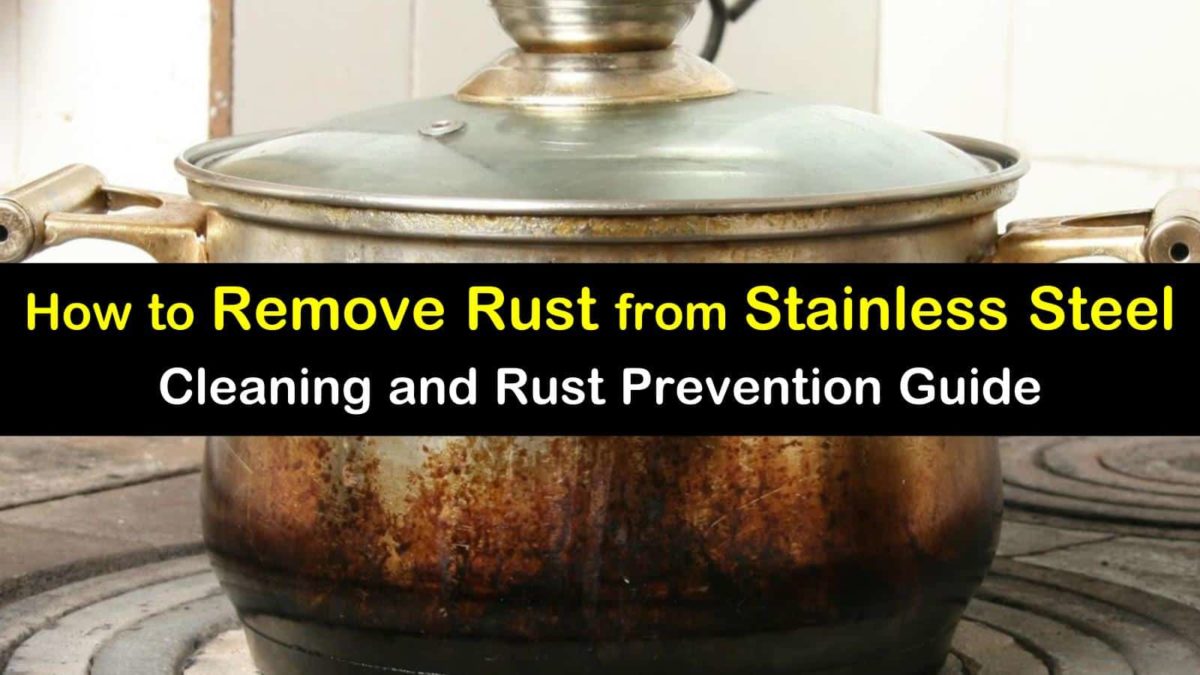 Once the rust stains have been removed, rinse the sink thoroughly with water and dry it with a clean cloth. This will help prevent any remaining residue from causing future rusting.
Once the rust stains have been removed, rinse the sink thoroughly with water and dry it with a clean cloth. This will help prevent any remaining residue from causing future rusting.
Step 6: Regular Maintenance
:max_bytes(150000):strip_icc()/how-to-clean-a-stainless-steel-sink-5093605-03-11ec4355990742cf834cada8ad1bf87b.jpg) To prevent rust from forming on your stainless steel sink in the future, it's important to regularly clean and dry the sink after each use. This will help to prevent water and other substances from sitting on the surface and causing rust.
To prevent rust from forming on your stainless steel sink in the future, it's important to regularly clean and dry the sink after each use. This will help to prevent water and other substances from sitting on the surface and causing rust.
Conclusion
 A clean and well-maintained kitchen sink is essential for a well-designed home. By following these simple steps, you can easily remove rust from your stainless steel sink and keep it looking as good as new. Remember to use non-abrasive cleaners and tools and to regularly clean and dry your sink to prevent future rusting. With a clean and sparkling sink, your kitchen will not only look beautiful, but it will also be a safe and functional space for all your cooking and cleaning needs.
A clean and well-maintained kitchen sink is essential for a well-designed home. By following these simple steps, you can easily remove rust from your stainless steel sink and keep it looking as good as new. Remember to use non-abrasive cleaners and tools and to regularly clean and dry your sink to prevent future rusting. With a clean and sparkling sink, your kitchen will not only look beautiful, but it will also be a safe and functional space for all your cooking and cleaning needs.









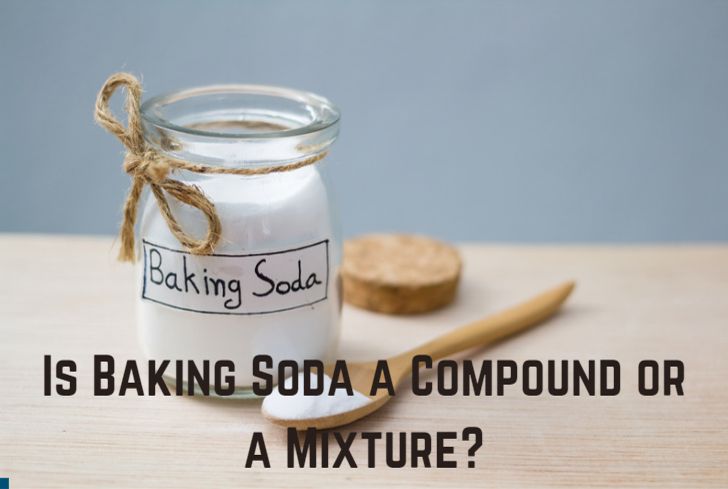





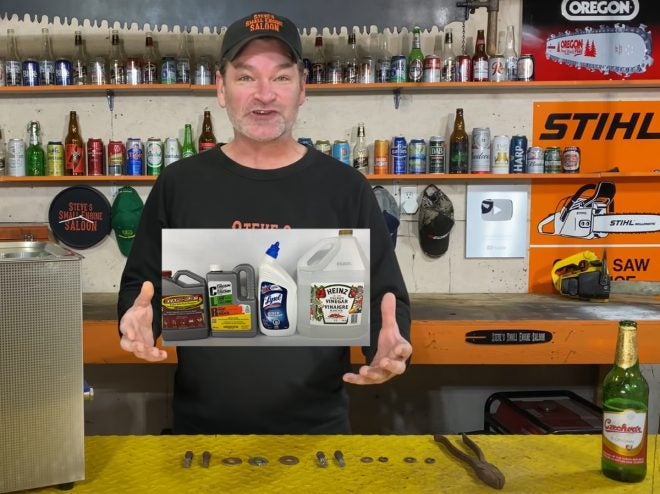

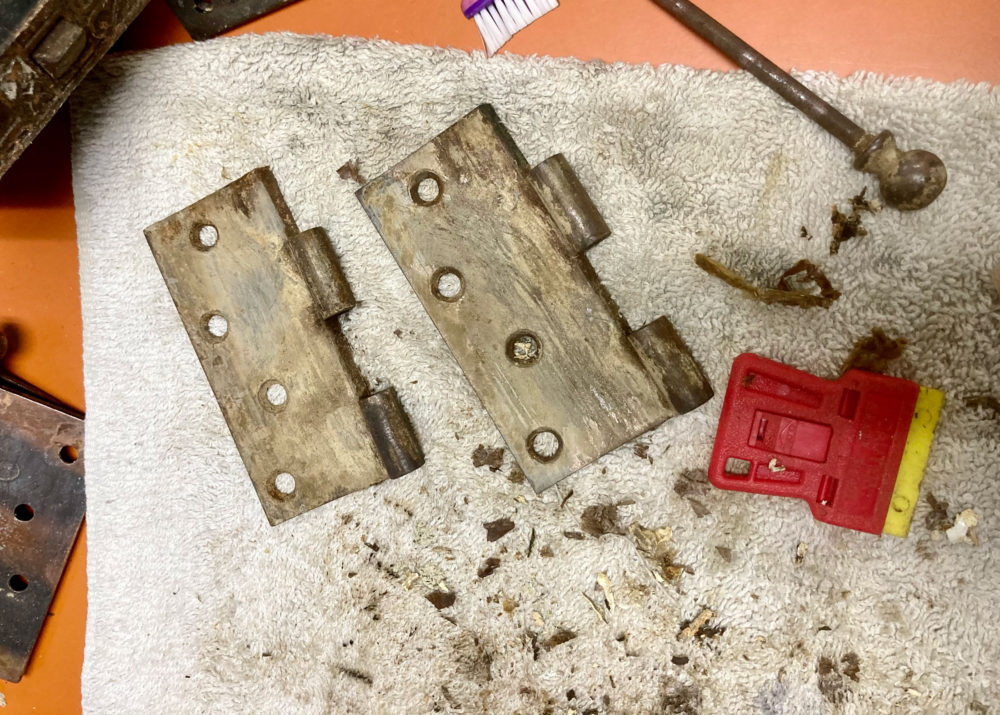
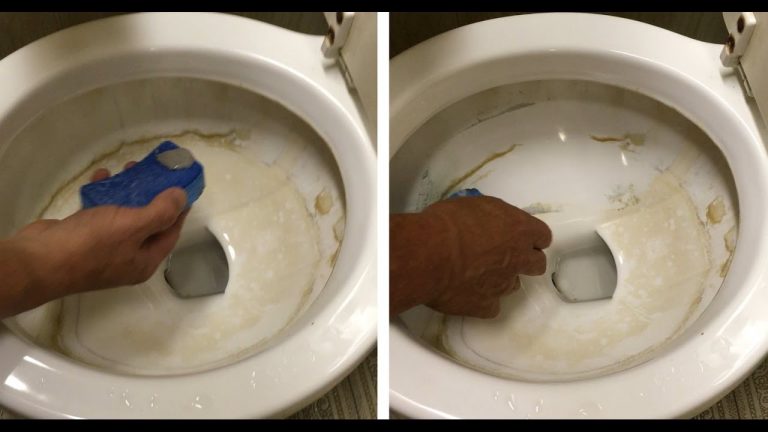
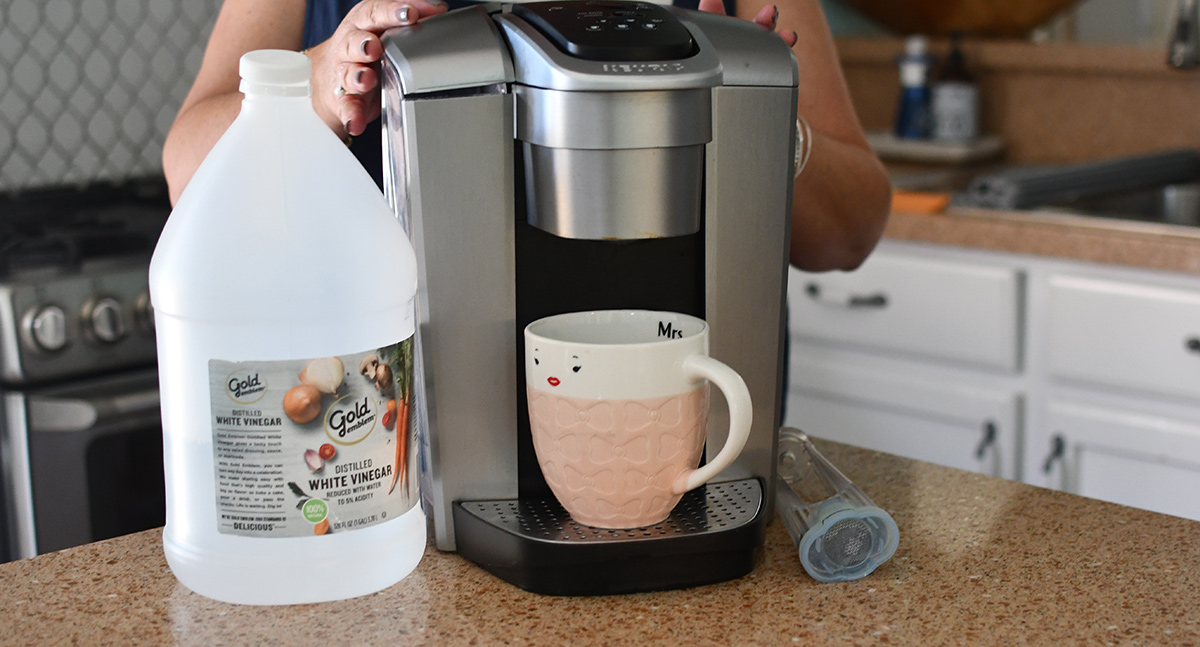


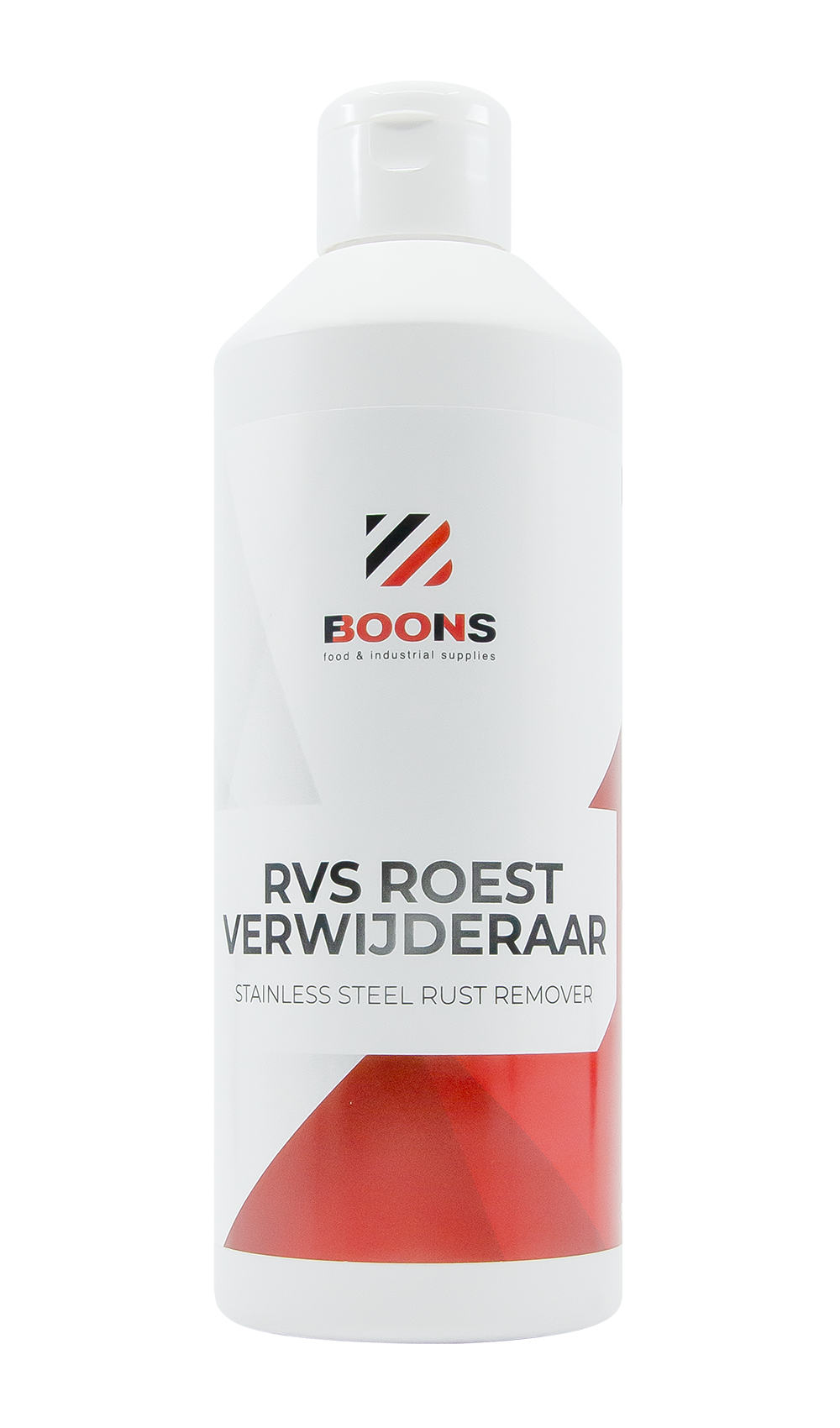



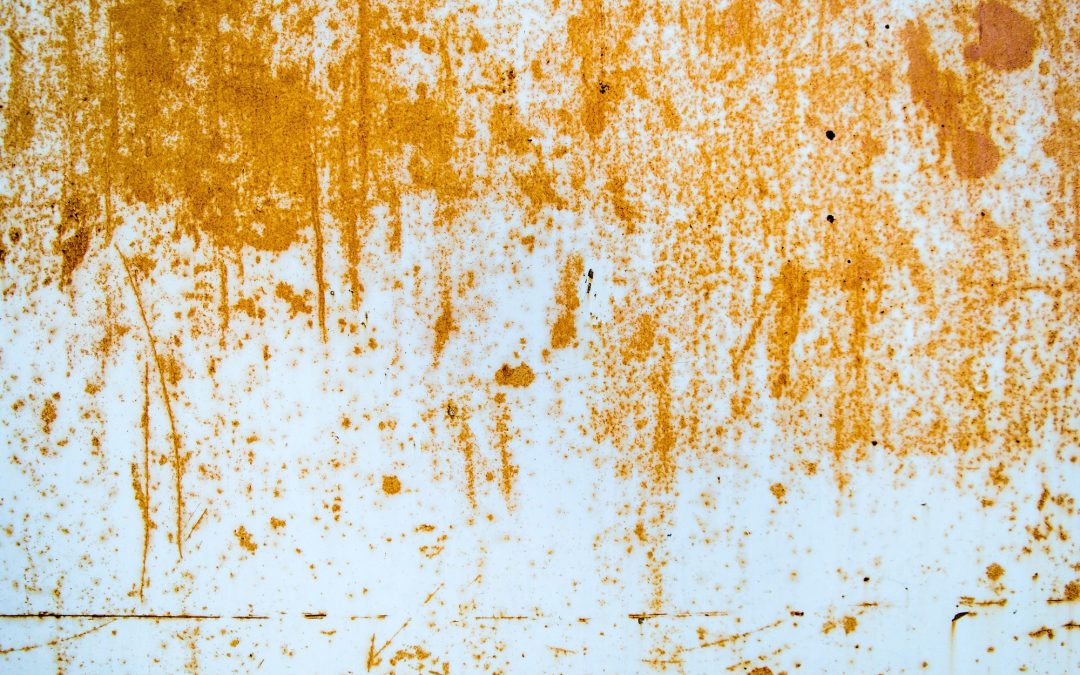
:max_bytes(150000):strip_icc()/homemade-rust-remover-recipes-1387936_FINAL-6c6543826627420ba5152b7ad0ea67c7.png)
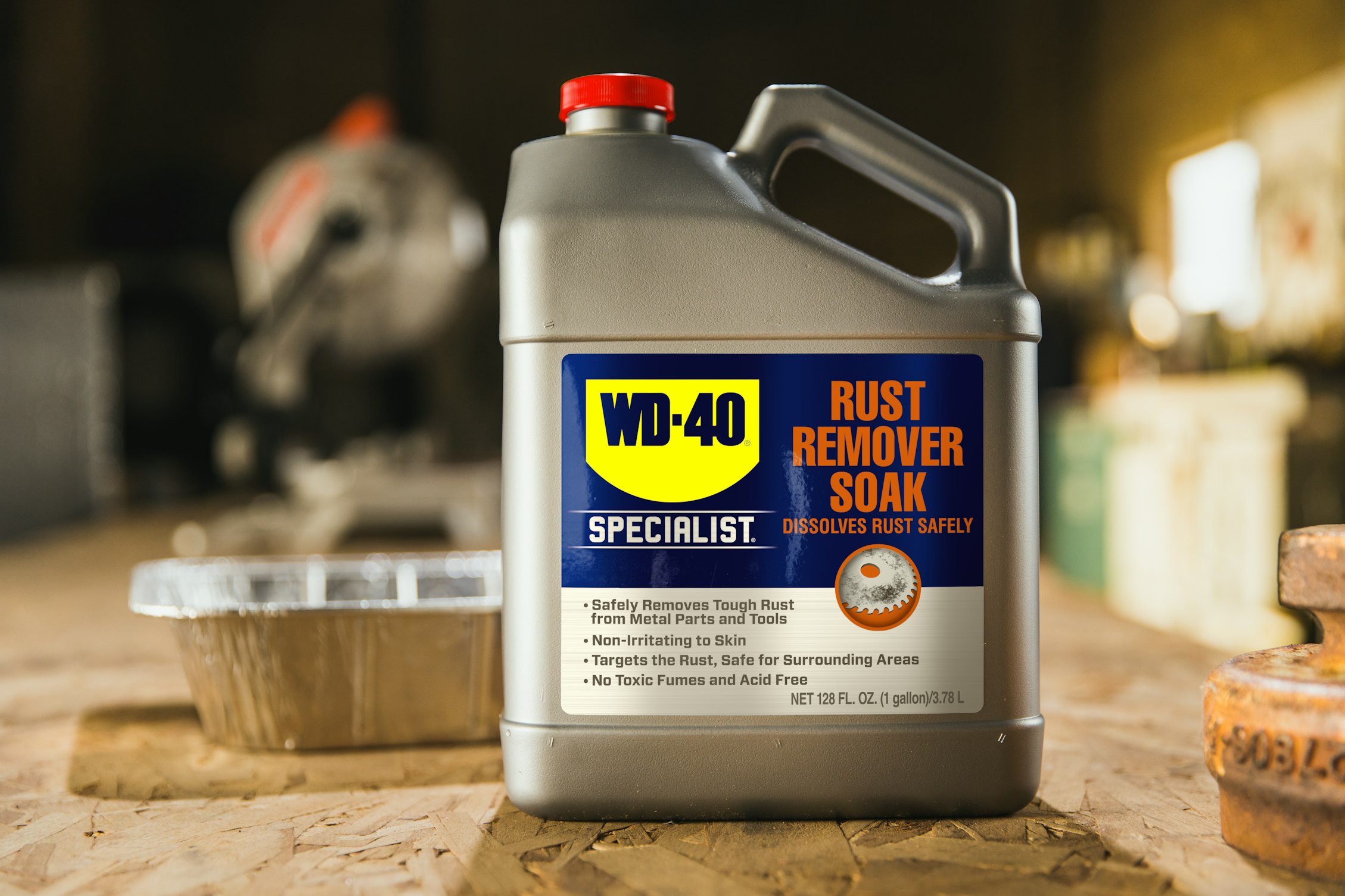


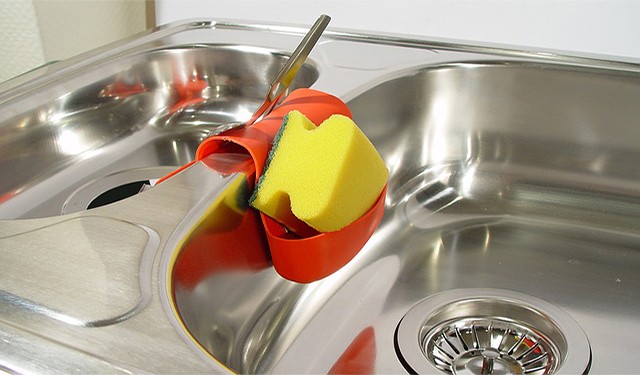
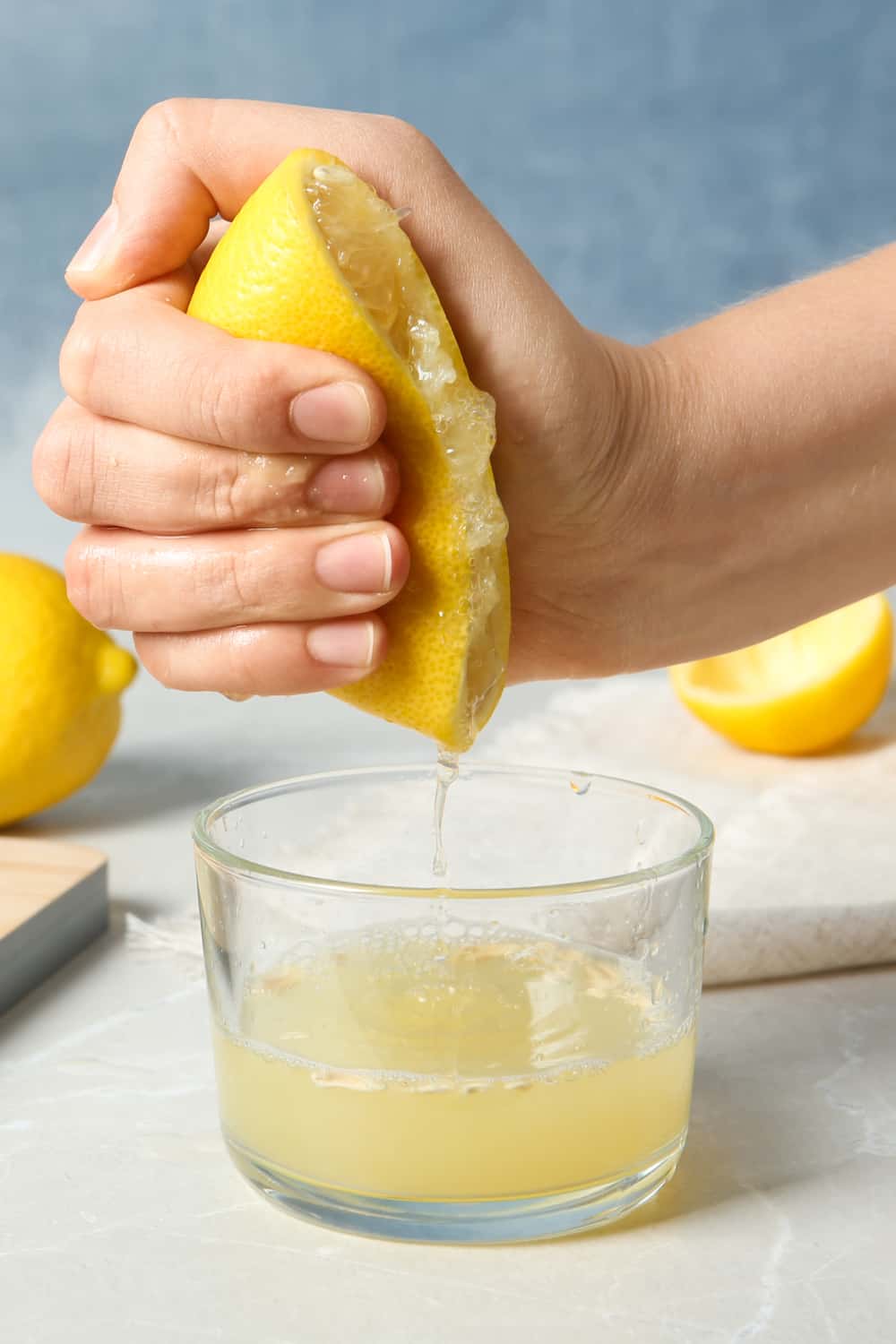
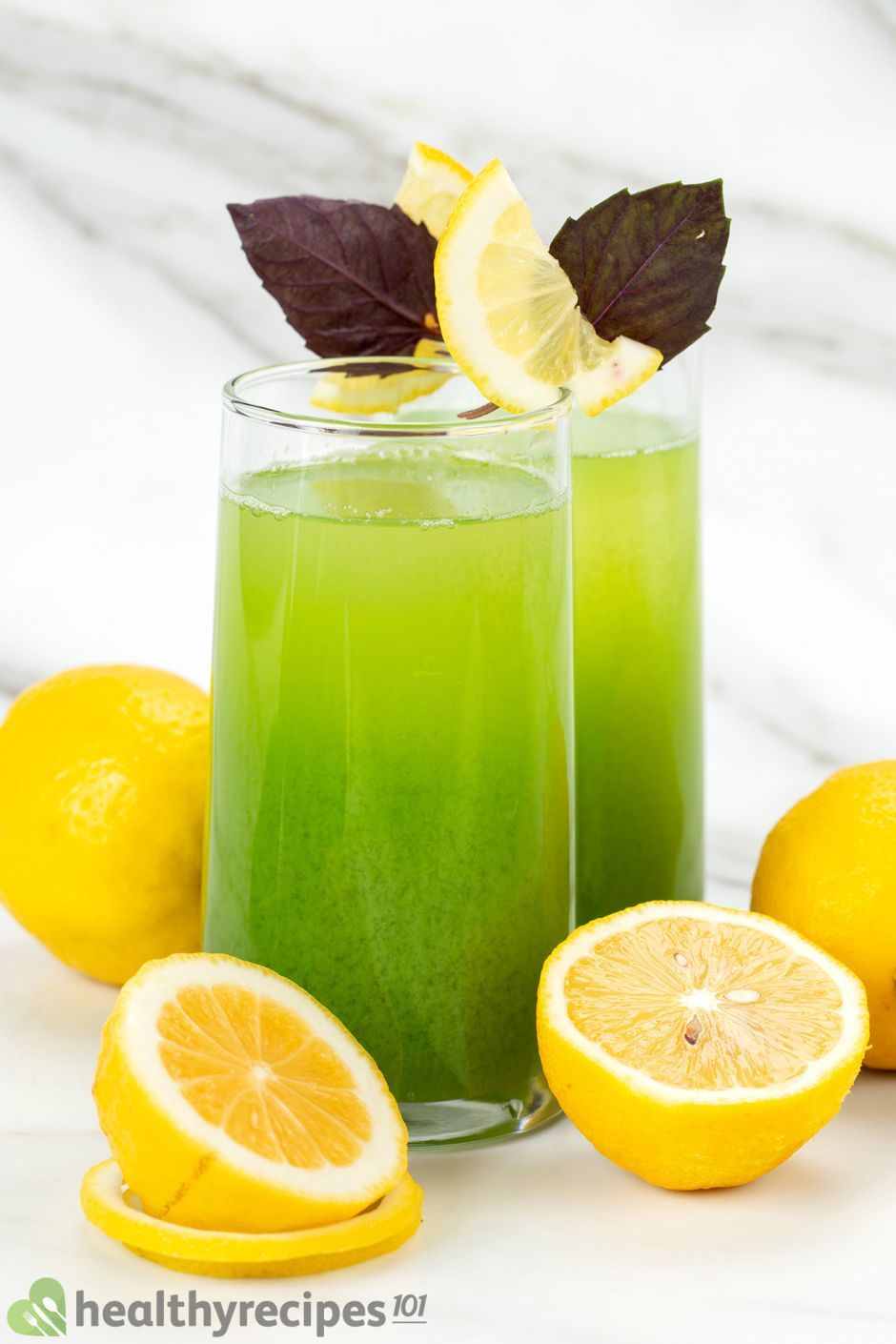

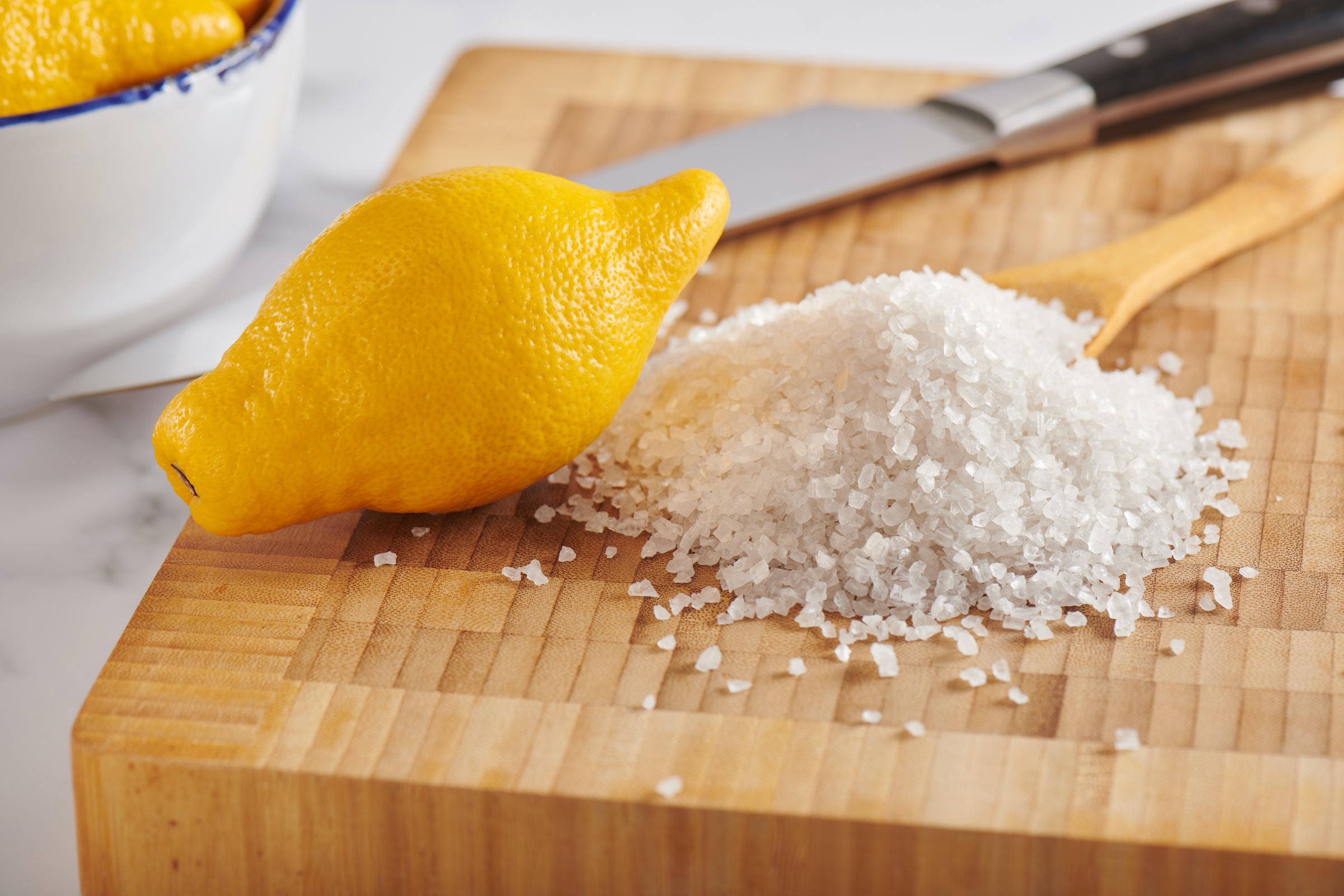
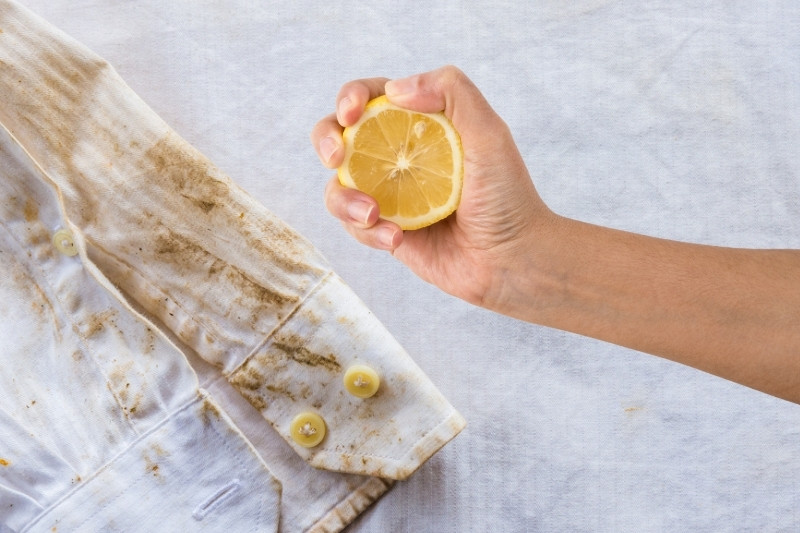

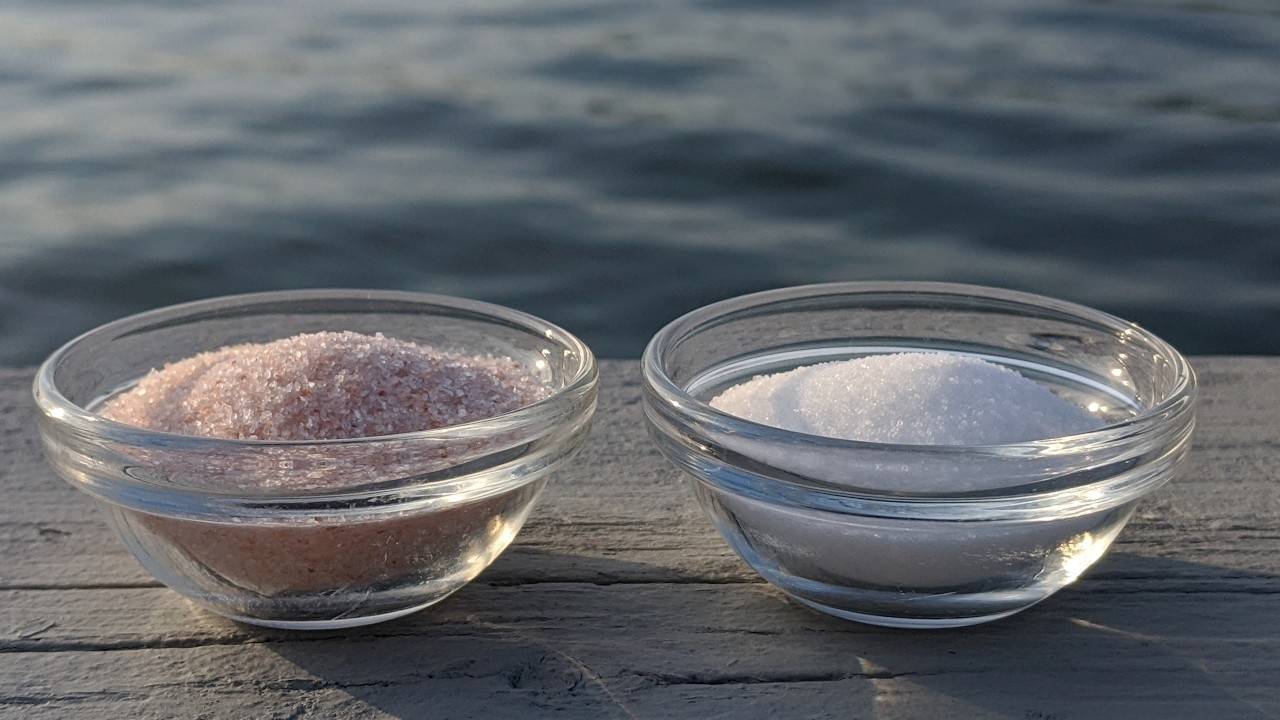

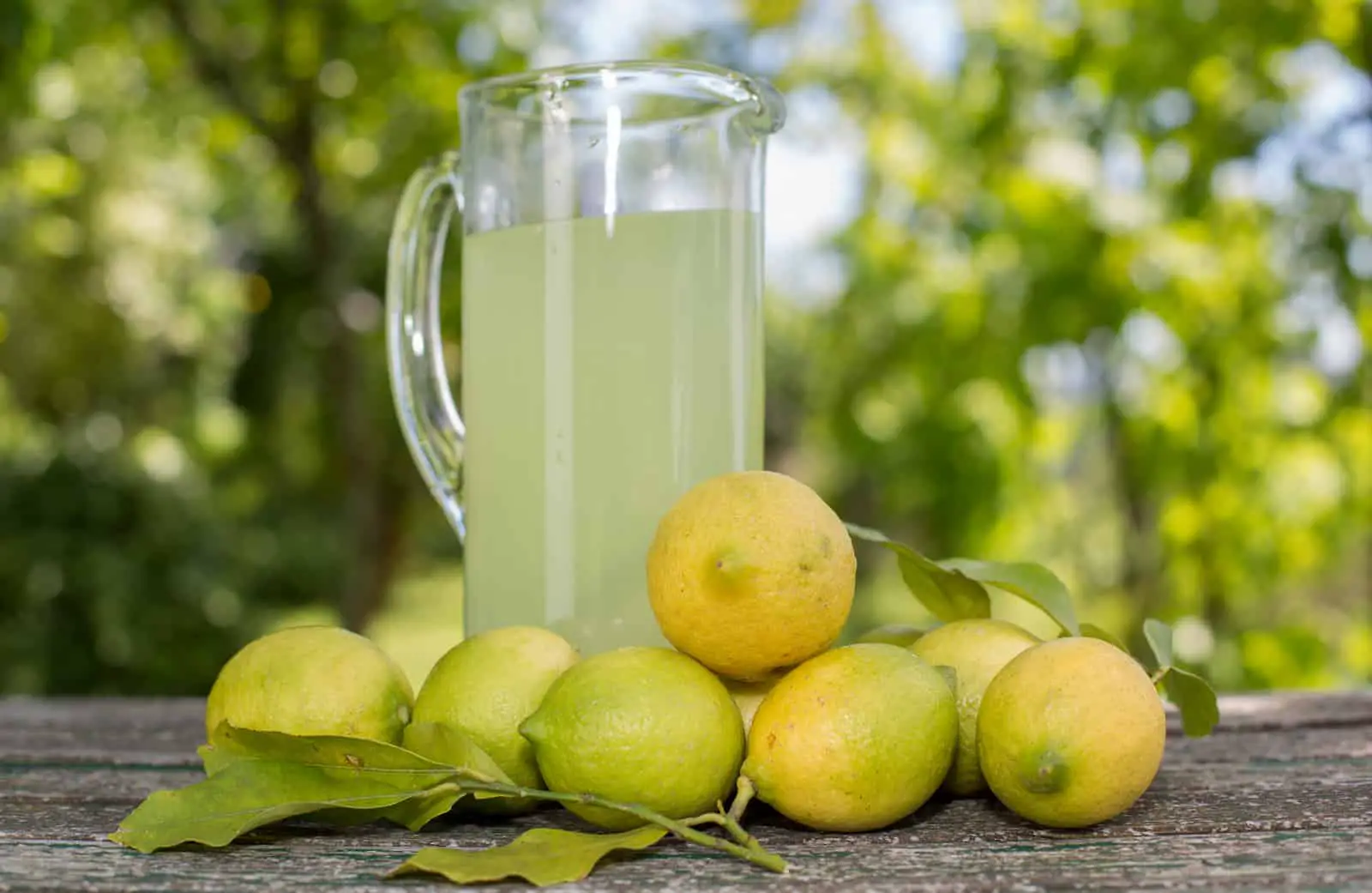



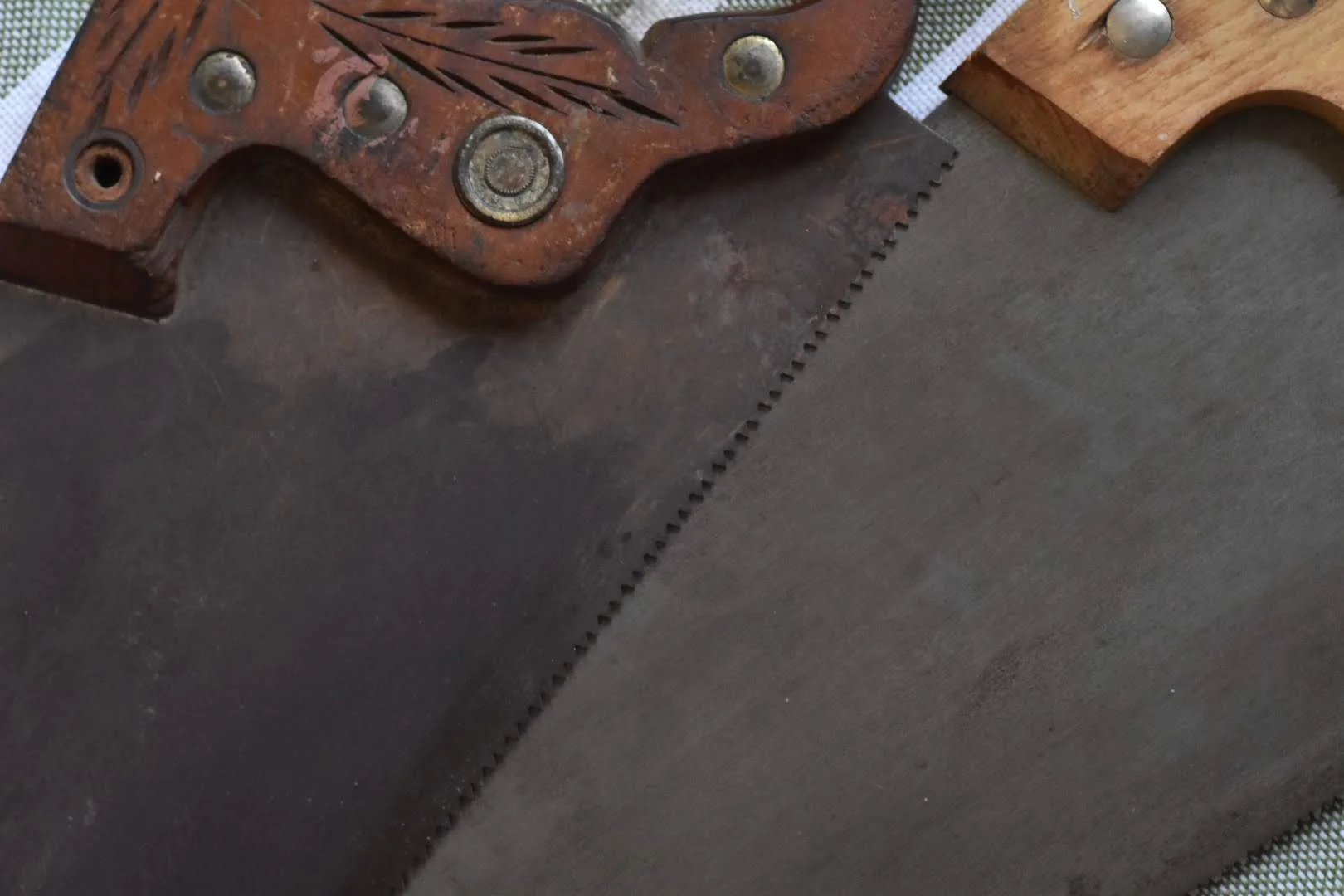






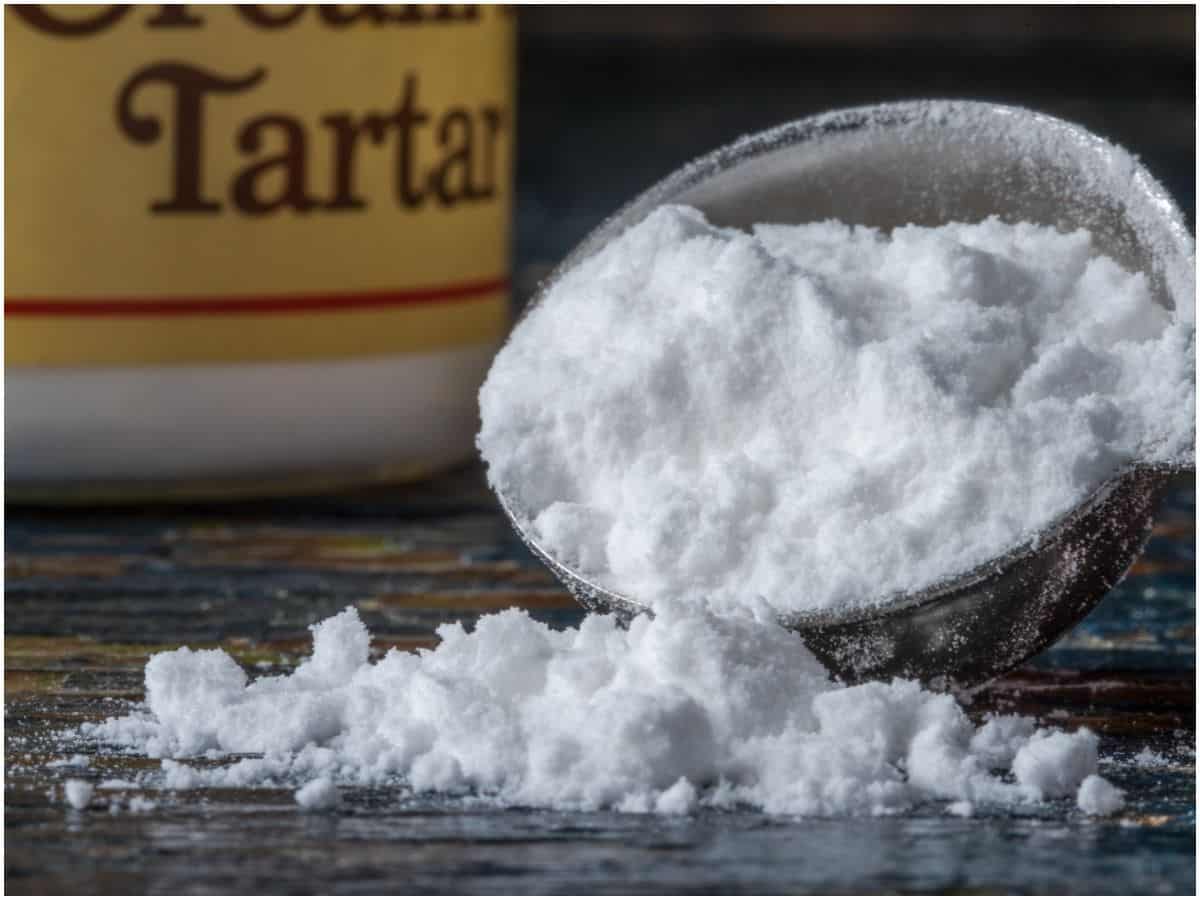


























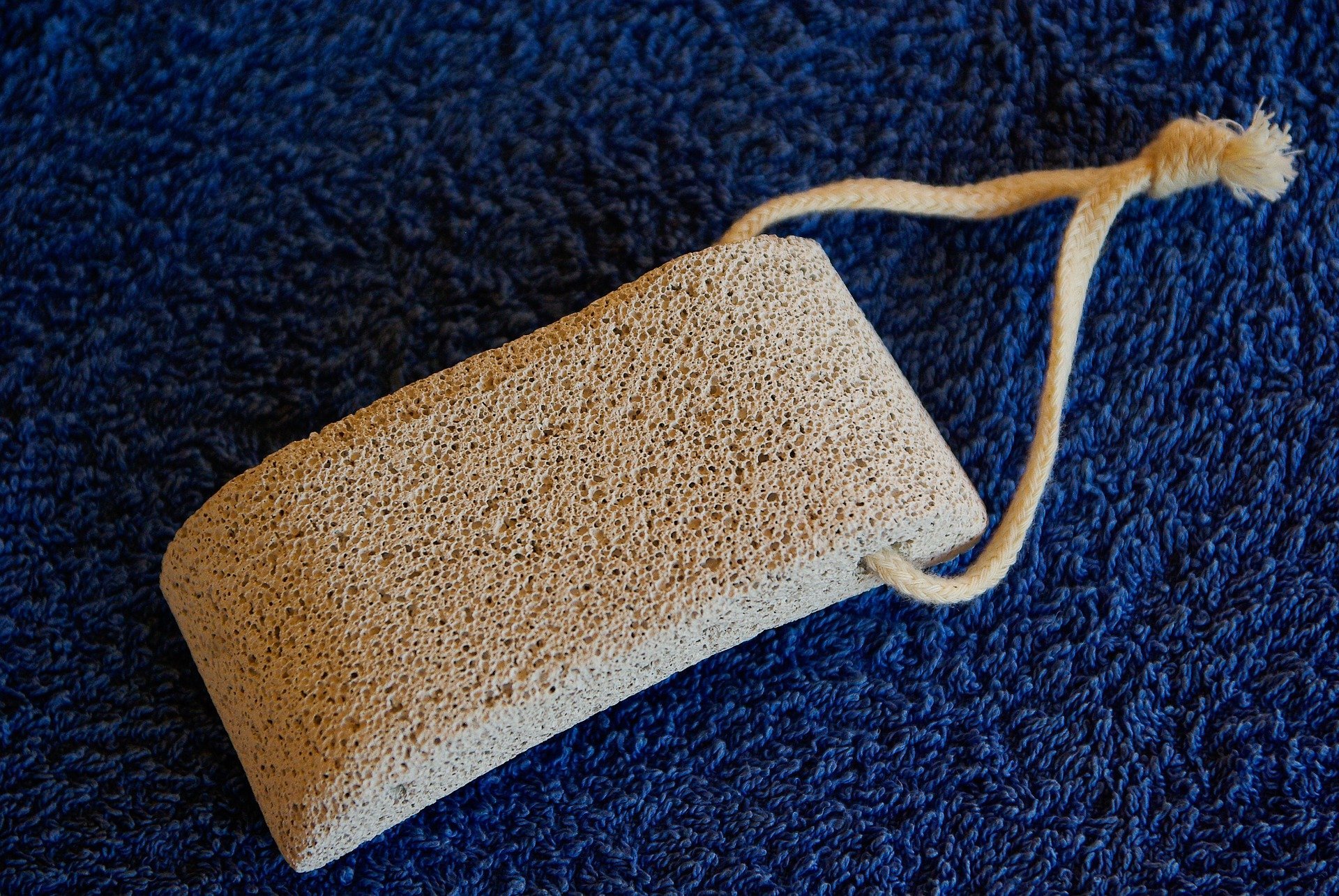



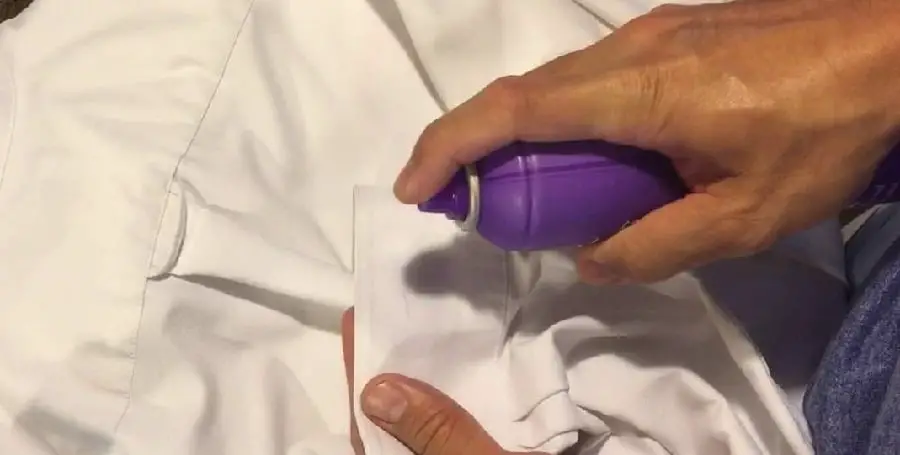






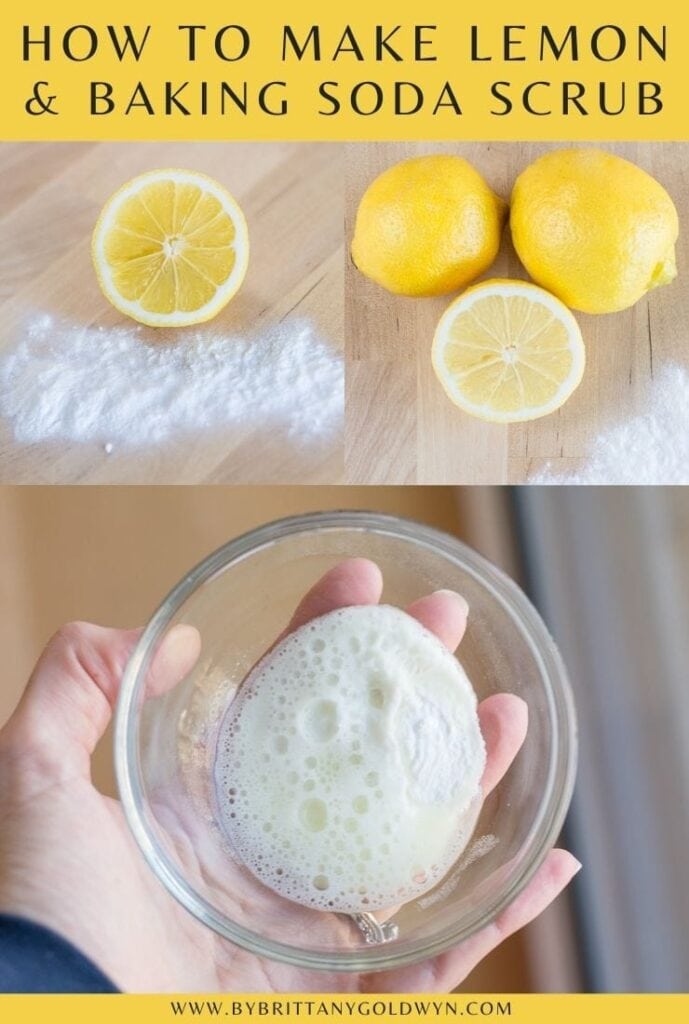





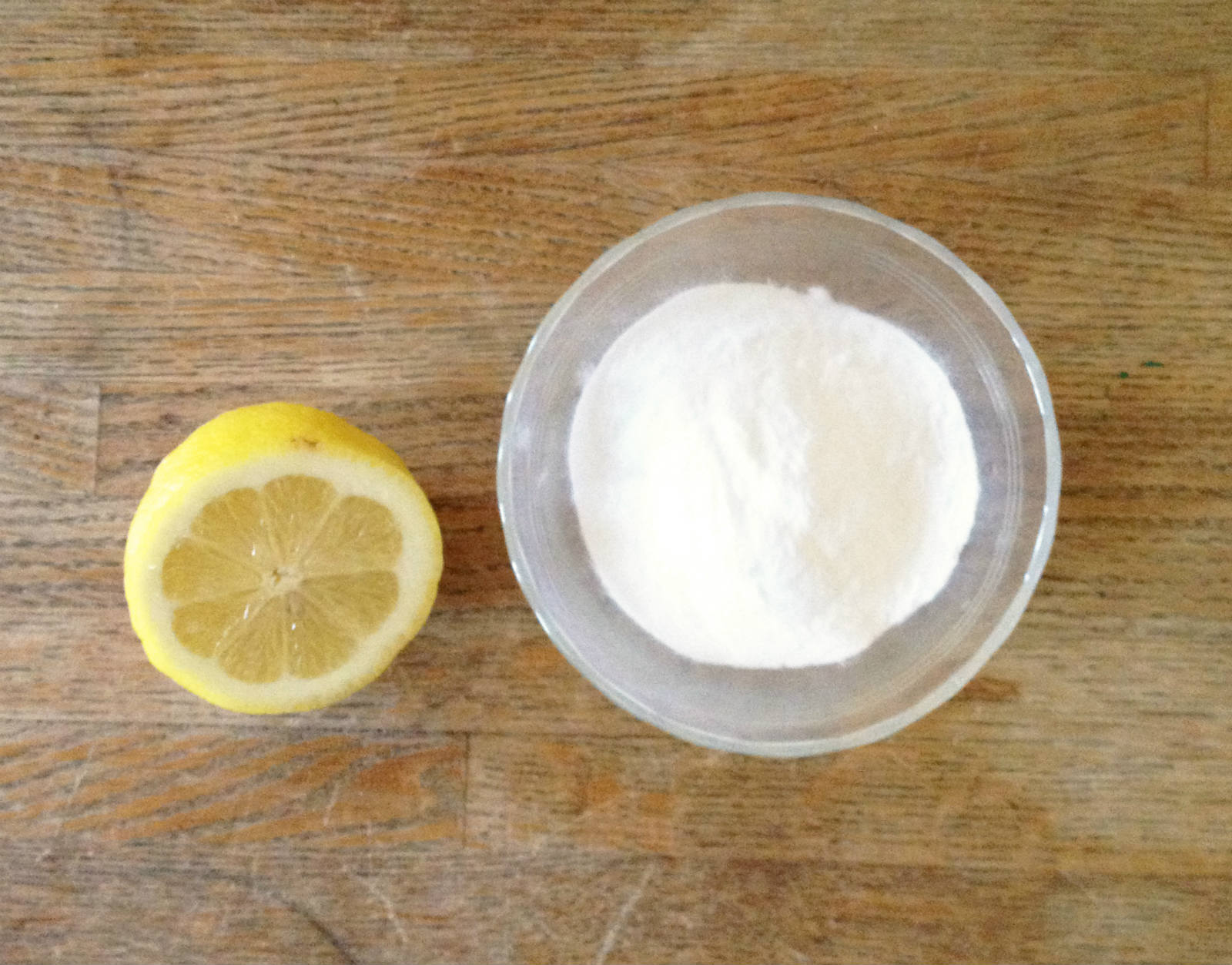
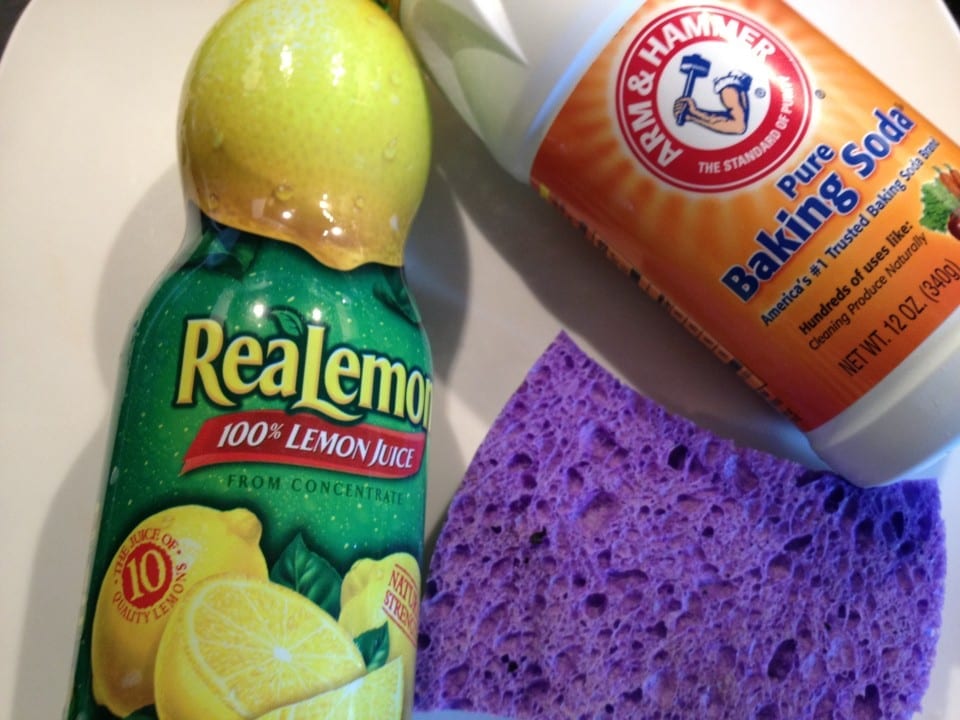



:max_bytes(150000):strip_icc()/baking-soda-and-pots-and-pans-1900441-13-b0b2400d583e4922aadd1fd522a653e8.jpg)

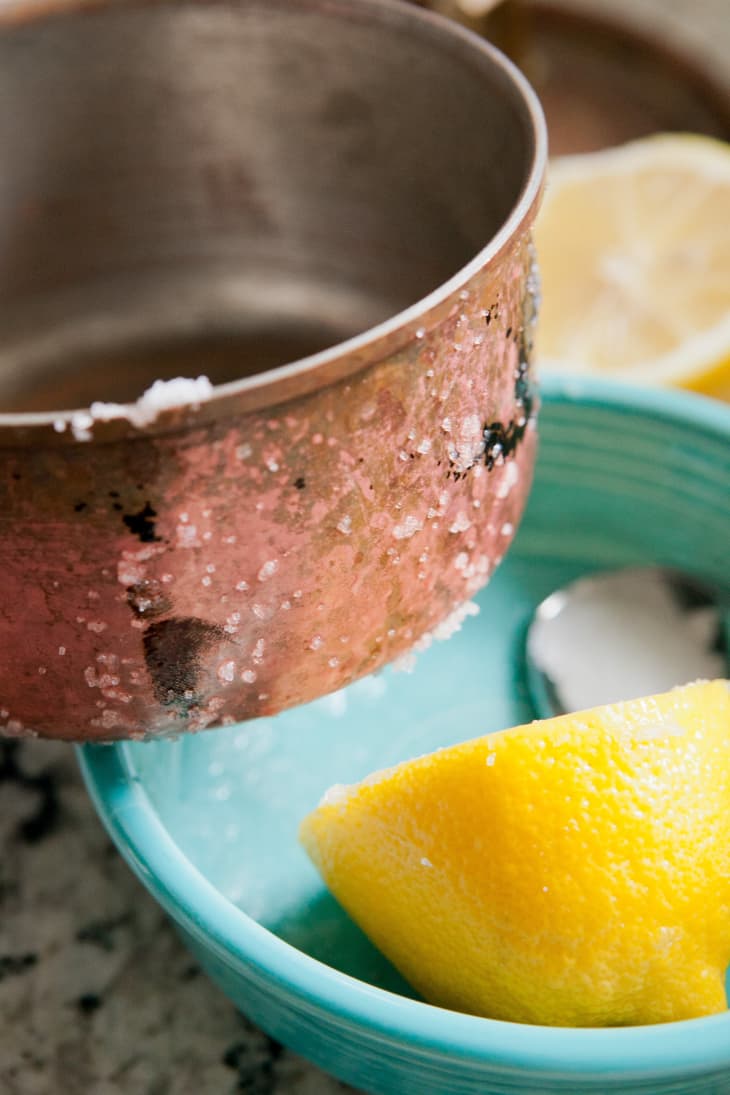


:max_bytes(150000):strip_icc()/ways-to-use-lemon-juice-1900665-01-49c34cdded814b0c9e562f1e634f5f36.jpg)
